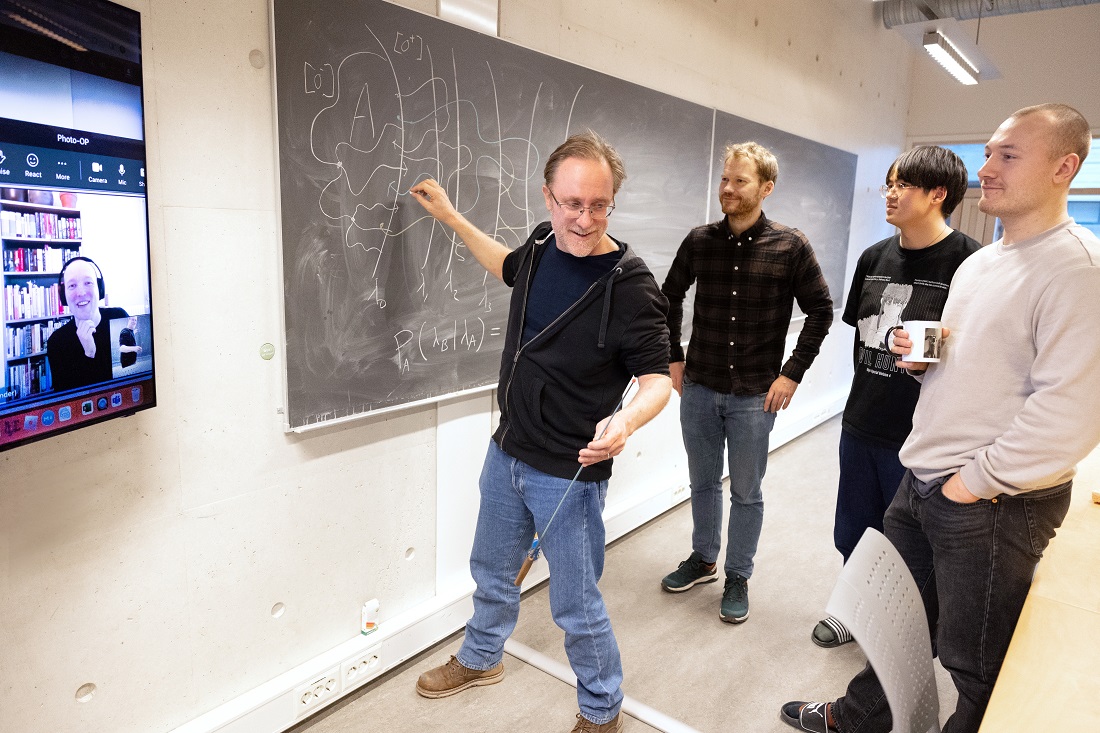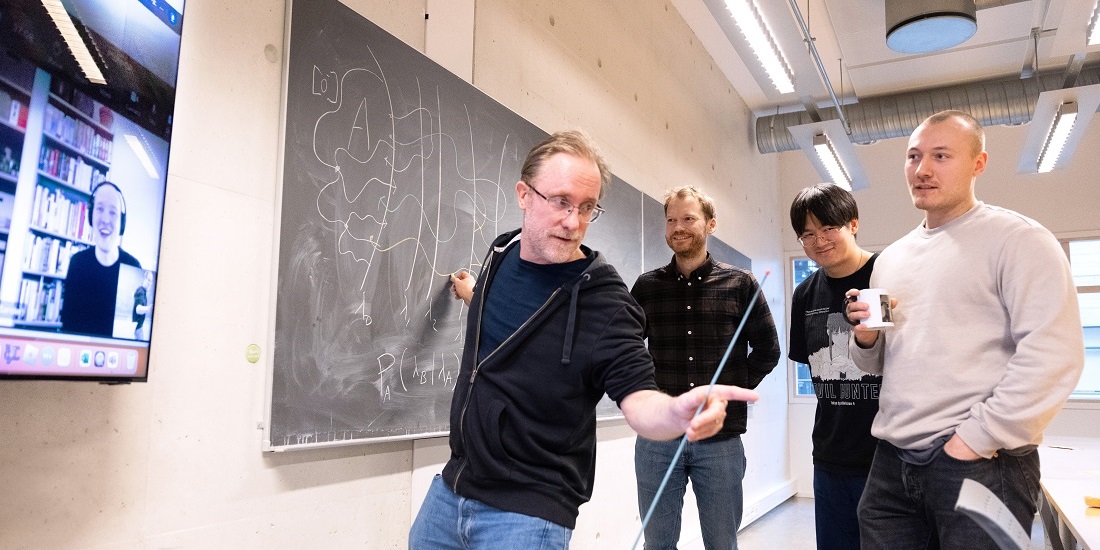Connecting computers so they can think faster
Calculations that previously took a year can now be performed in just 10 days by computers connected in a special way.
We are used to computers getting faster and faster, but complicated calculations involving lots of data can take a very long time, even today.
This applies to calculations of chemical reactions, how proteins assume different three-dimensional forms and so-called phase transitions, where one chemical substance transitions from one state to another, such as from solid to liquid form.
These types of results are often very important – for example, in the chemical industry.
- You might also like: Computing power solves molecular mystery
Down from one year to ten days
These complicated calculations can take years to perform, and access to the most powerful computers is limited. How nice would it be if someone could make the calculations faster? Maybe a lot faster? And using existing equipment?
“We have managed to increase the calculation speed of chemical reactions by 30-40 times,” says Titus van Erp, a professor at NTNU’s Department of Chemistry. If sufficient computing resources are available, the speed can be increased even more.
Van Erp headed the research group that performed this study, but what does it mean in practice?
“A calculation that previously took one year can now be done in ten days,” says the professor.
The example in question concerned a calculation of how water molecules are split into hydrogen and oxygen.
This also means that the researchers can now perform computer calculations that would previously have been impractical and perhaps impossible to carry out. The results have been published in PNAS, the Proceedings of the National Academies of Science.

Sander Roet (on Teams), Titus van Erp, Anders Lervik, Daniel Zhang, and Lukas Baldauf managed to make computational processes 30-40 times faster. Photo: Per Henning, NTNU.
Connected computers are smarter
So how have they done this?
“We connected 20 computers that could work together to perform the calculations,” says van Erp.
Connecting computers together is nothing new, but the way the researchers did this is completely different from what others have done.
“We modified the algorithms, which optimized the exchange of data between the machines,” van Erp said.
Because the computers could work actively much more of the time, there was much less delay during the calculations.
The computers don’t have to wait
“Previously, connected computers spent a lot of time waiting for each other. One computer in a network has had to wait for calculations being performed by another computer in the network, but they don’t have to do that in our method,” says van Erp.
This is especially important at a time when current computer technology is starting to reach a limit. The increase in speed is no longer as fast as it was a few years ago and results like this are, therefore, important, necessary and encouraging.
The research group further consisted of lead authors Daniel T. Zhang and Lukas Baldauf, and Anders Lervik from the Department of Chemistry at NTNU, as well as Sander Roet from Utrecht University, who was a PhD student at NTNU when they carried out the experiments.
Reference: Daniel T. Zhang, Lukas Baldauf, Sander Roet, Anders Lervik and Titus S. van Erp. Highly parallelizable path sampling with minimal rejections using asynchronous replica exchange and infinite swaps. PNAS. 5 February, 2024. https://doi.org/10.1073/pnas.2318731121





